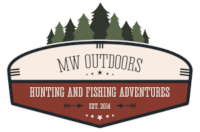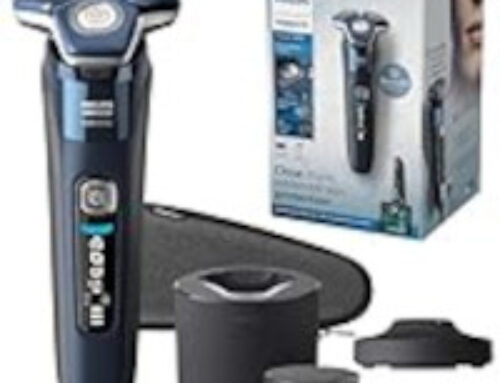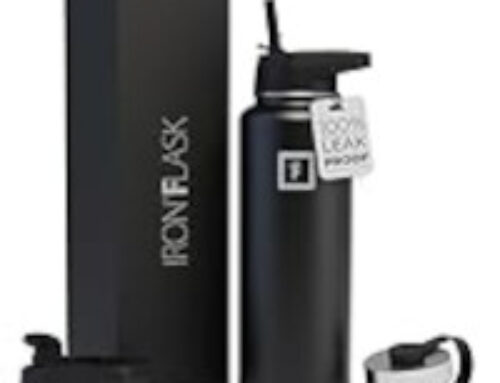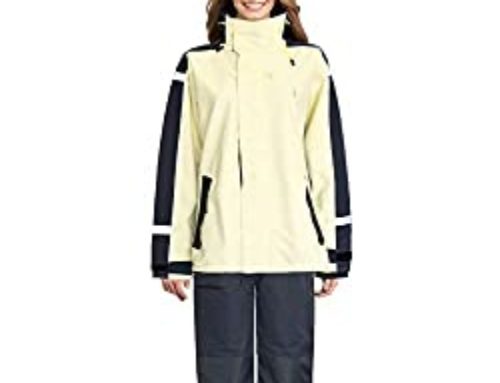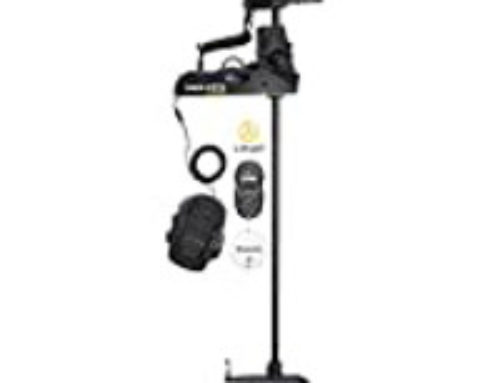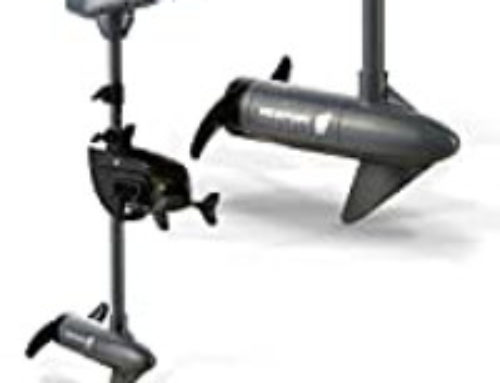Fishing For Hybrid Bass – Freshwater Stripers
Here we are going to focus on fishing for freshwater Hybrid Bass (Stripers). This video was taken off Lake Hartwell in Anderson South Carolina and was only the second time I have tried fishing for Stripers. In both our fishing trips we caught plenty of Bass between 5 and 10 pounds and we’ll keep trying to find those big ones for you, 20 to 50 pounds.
To get a good Idea of where to find these fish we need to understand what the structure is like and take a look at a topographical map. Next we need to determine which method of fishing we are going to use and what type of bait live or artificial.
What Bait To Use For Freshwater Stripers
We have decided to use the Blue-back Herring again, which will cost you ~$7/dozen, fish directly below the boat using 17 pound test line (mono-filament) with a 4 oz sinker and 24 inches of leader. Our setup (rig) is a swivel with 2 feet of leader line (same mono-filament) a foot ball slip sinker above the swivel, and then a circular type hook. When purchasing the Herring try to choose those that are medium in size (5 to 6 inches) and very light or shiny in color. Avoid the dark and larger Blue-back Herring.
How To Find the Stripers
We portaged from the Galley Restaurant that is located on Lake Hartwell and headed straight out. Our strategy was to find the bait fish by checking out a few Bays, Flats, and Deep Water over the trees, which are typically in 80 plus feet of water and with the trees stretching 30 to 40 feet tall. Using our locator, which includes the topographical maps, gave us a great picture of the structures, however it does not work well for locating the fish, so we had a separate fish finder for this.
Fishing The Bays
When fishing the bays you want to work in water depths of 30 to 65 feet, looking for the schools of bait fish. Many times you will find the bait fish working from 20 feet down to the surface, if you do stop and set your rods up. Then troll slowly to toward the schools of fish and set your depths to where you see the Stripers on your Fish Finder. Since these Stripers are chasing the bait fish they will be working from the deep water to the surface, so toss a couple of rods out the back, as far as you can with no weight, you may find you can snag a few Stripers this way as well.
Fishing The Flats
When fishing the flats, areas that have no trees and may be as deep as 50 to 65 feet, look for fish feeding right on the bottom, these will be your Striped Bass along with a few catfish. If you find this you have it made, just drop your line down to bottom and reel up so your bait is a foot off, the action will be incredible.
Fishing Deep Water Over The Treetops
When fishing for the Striped Bass over the treetops it’s important to find the bait fish. You will definitely find the strippers in the trees, but without the bait fish you will not get them to come up and out to feed. The depth of water you are fishing over is 60 to over 100 feet deep. Again it’s extremely important to find a spot where you have bait fish, once you have located this drop your line to just above the treetops. Or if the fish are out and feeding to the depth you are marking the Stripers. Do not try fish in the trees or you will lose your tackle, and be ready because a large Stirper will head for the trees and wrap you. Since the trees are tall you will be fishing only 20 to 40 feet down.
How To Hold The Boat When Still Fishing For Stripers
The best way we have found to hold our boat when fishing the Bays, Flats, and Tree Tops, is to use a trolling motor with an anchor mode. If you don’t have an anchor mode then one of you will have to keep maneuvering the trolling motor/boat while watching the radar and fish finder.
Tip:
Fishing the Rivers, such as the Upper Savannah River will produce better fishing than Lake Hartwell itself on many occasions. On this trip we head toward the Savannah Dam and found schools of Striped Bass. The depth 63 feet, treetops 42 feet and fished between 30 and 40 feet deep.
